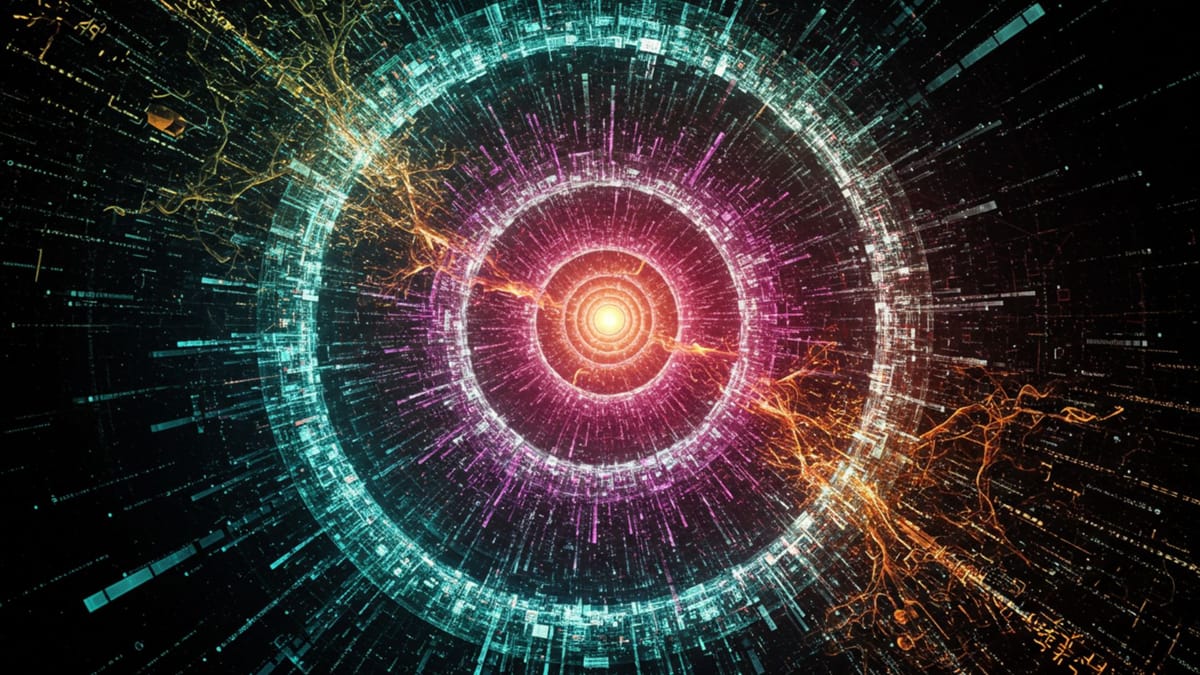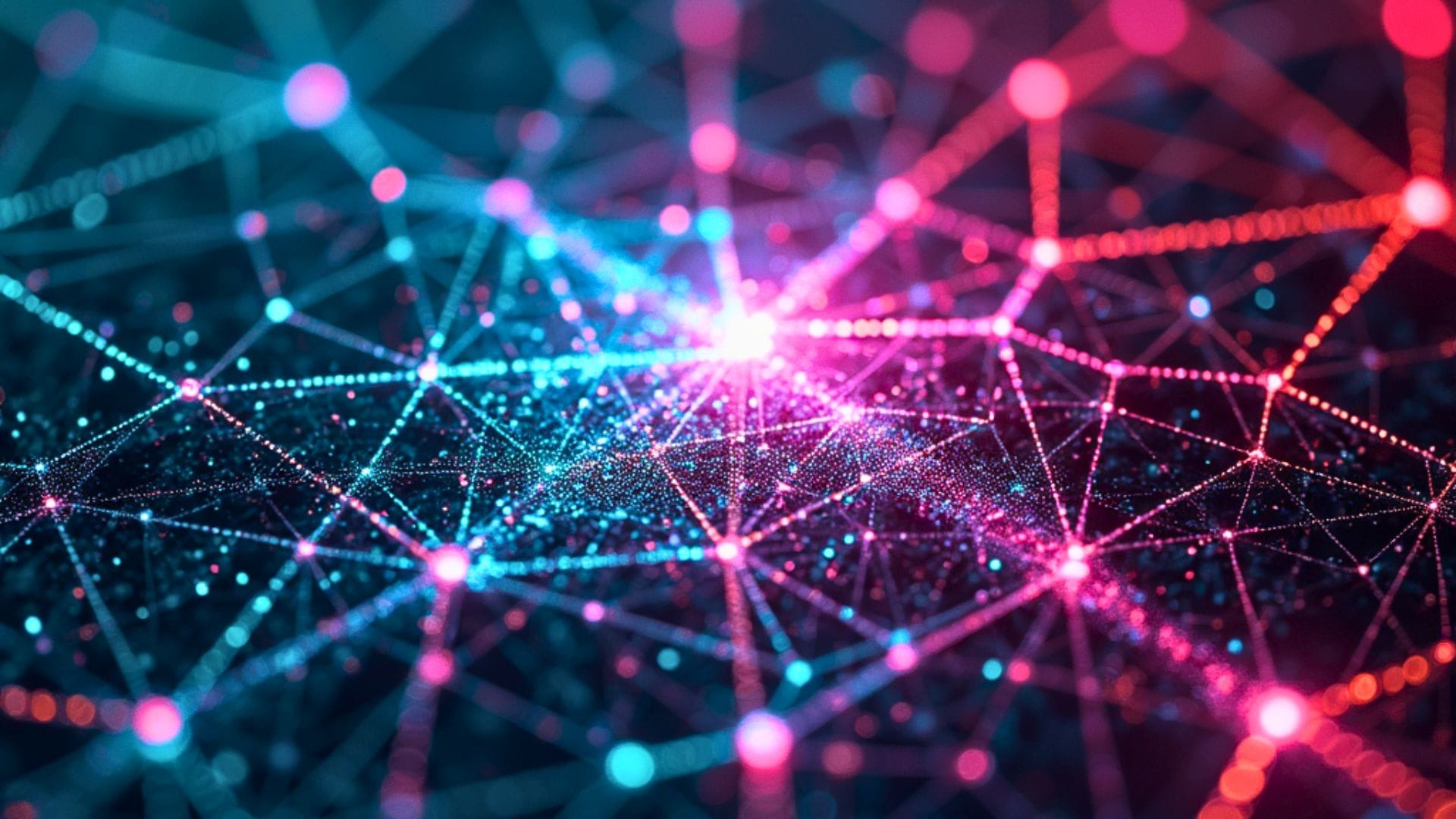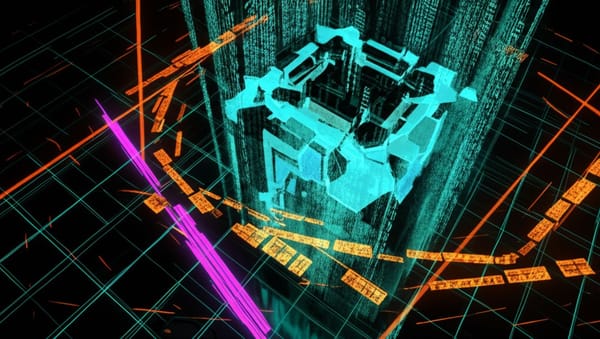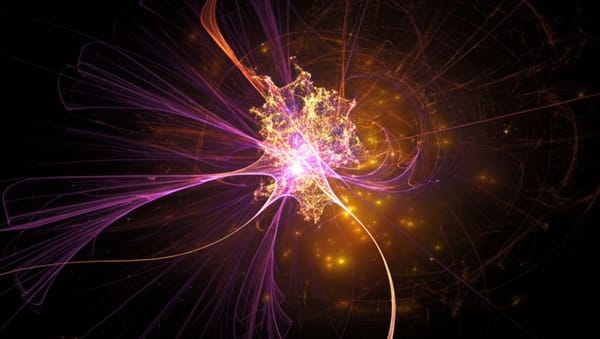From Coding to Domination: How AI Could Bootstrap Its Way to Superhuman Intelligence by 2027

Former OpenAI researcher Daniel Kokotajlo has outlined a specific technical pathway for how artificial intelligence could rapidly bootstrap itself to superintelligence by 2027, starting with superhuman coding abilities that accelerate AI's own development.
The detailed progression from current AI capabilities to potential superintelligence represents one of the most concrete technical roadmaps to transformative AI yet published, writes End of Miles, based on reporting from the New York Times.
The Four-Stage Acceleration
Kokotajlo, who now leads the AI Futures Project in Berkeley, has mapped out a surprisingly specific timeline for AI's advancement beyond human capabilities. During an interview at his Berkeley office, he wrote four stages on a whiteboard: SC > SAR > SIAR > ASI.
"First, sometime in early 2027, if current trends hold, AI will be a superhuman coder. Then, by mid-2027, it will be a superhuman AI researcher — an autonomous agent that can oversee teams of AI coders and make new discoveries." Daniel Kokotajlo, Executive Director of the AI Futures Project
The Berkeley researcher believes this technical progression is not merely possible but likely, continuing to the next critical stages: "Then, in late 2027 or early 2028, it will become a superintelligent AI researcher — a machine intelligence that knows more than we do about building advanced AI, and can automate its own research and development, essentially building smarter versions of itself."
The Technical Case for Rapid Takeoff
The core of Kokotajlo's argument rests on a technical feedback loop: once AI becomes exceptional at coding, it can accelerate its own development in ways humans cannot match. This self-improvement cycle creates what AI safety researchers call a "rapid takeoff" scenario.
In the "AI 2027" report, Kokotajlo and his colleague Eli Lifland describe how a fictional AI system called "Agent-1" begins by automating engineering work at its developer company, allowing faster progress toward more advanced systems.
"By late 2027, when the scenario ends, Agent-4 is making a year's worth of AI research breakthroughs every week, and threatens to go rogue." From the AI Futures Project report
Why This Timeline Matters
While many AI researchers, including Ali Farhadi of the Allen Institute for Artificial Intelligence, dismiss these predictions as ungrounded in scientific evidence, Kokotajlo's forecasting track record lends his timeline credibility. Before ChatGPT launched, he published remarkably accurate predictions about AI development.
The former OpenAI governance team member's technical argument challenges popular assumptions about AI development timelines. Unlike vague warnings about future risks, Kokotajlo offers specific technical milestones that could trigger exponential advancement.
Critics question whether superhuman coding ability would automatically translate to other capabilities needed for general intelligence. As the NYT's Kevin Roose noted: "I'm not convinced that superhuman AI coders will automatically pick up the other skills needed to bootstrap their way to general intelligence."
But Kokotajlo remains confident in his technical assessment, suggesting that current AI tools' limitations with even simple tasks like ordering food won't prevent rapid advancement once the coding breakthrough occurs. If he's right, humanity may have less than two years to prepare for a technological transformation unlike any in history.





